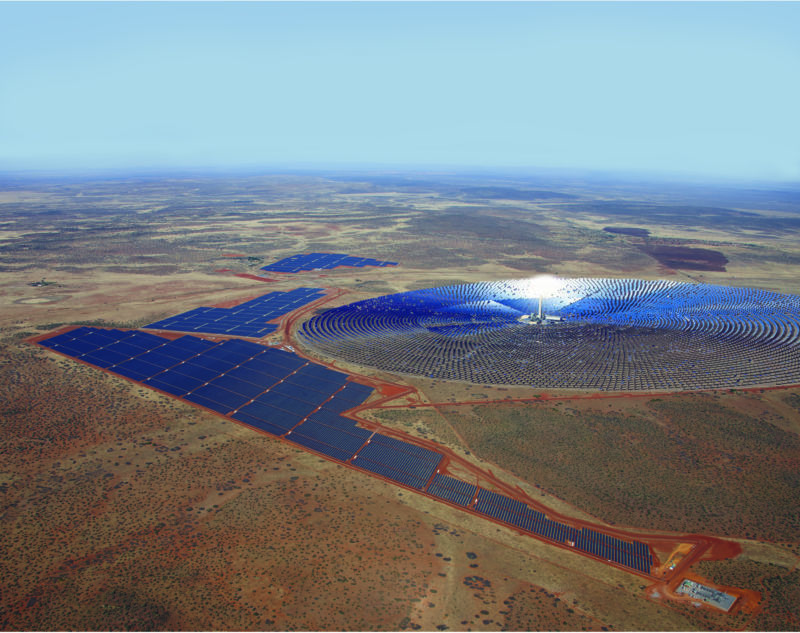Evaluating the risks of Africans opting for coal power

Enlarge / Image of a solar thermal plant planned for South Africa. (credit: US Embassy)
In most developed economies, carbon emissions have flattened out or are trending downward. More efficient technology, a correspondingly lower demand, and an increasing reliance on renewable energy have been changing these countries' energy economies. But China provides a cautionary example of what could happen as other countries join those developed economies: a massive use of coal has caused China's carbon emissions to explode, turning it into the world's largest emitter. While it's possible that China has now started to control its fossil fuel use, having other countries follow China's lead could pose extreme risks to our climate.
That has caused many nervous glances toward Brazil, India, Indonesia, and other countries with large populations and rapidly expanding economies. But there's also an entire continent filled with countries that are developing rapidly and have high populations: Africa. As these economies continue to develop, there's a risk that they, too, could become major sources of carbon emissions. But our understanding of Africa's emissions trajectory is rather limited. To try to correct that, a group of German researchers has obtained detailed information on what has been going on in Africa.
Defining developing AfricaAfrica is an enormous continent, with countries at various stages of development. But if you take the continent as a whole, its carbon emissions have risen at about 3.3 percent a year, half the rate of China's in the decade from 2005 to 2015. That's above the global rate for this period, and it's well above that of the developed economies. Sub-Saharan Africa saw a rise similar to China's, and a number of African countries-Angola, Congo, Mozambique, and Niger-saw emissions grow by 20 percent or more a year over this decade. This was only true for a single country outside the continent.
Read 12 remaining paragraphs | Comments